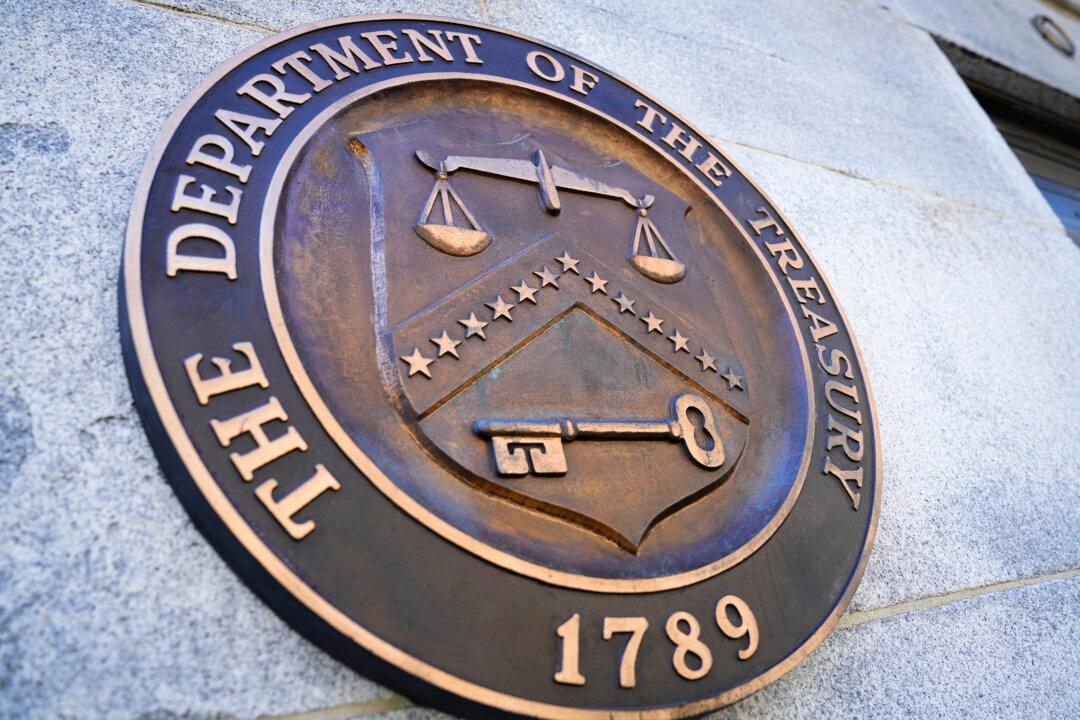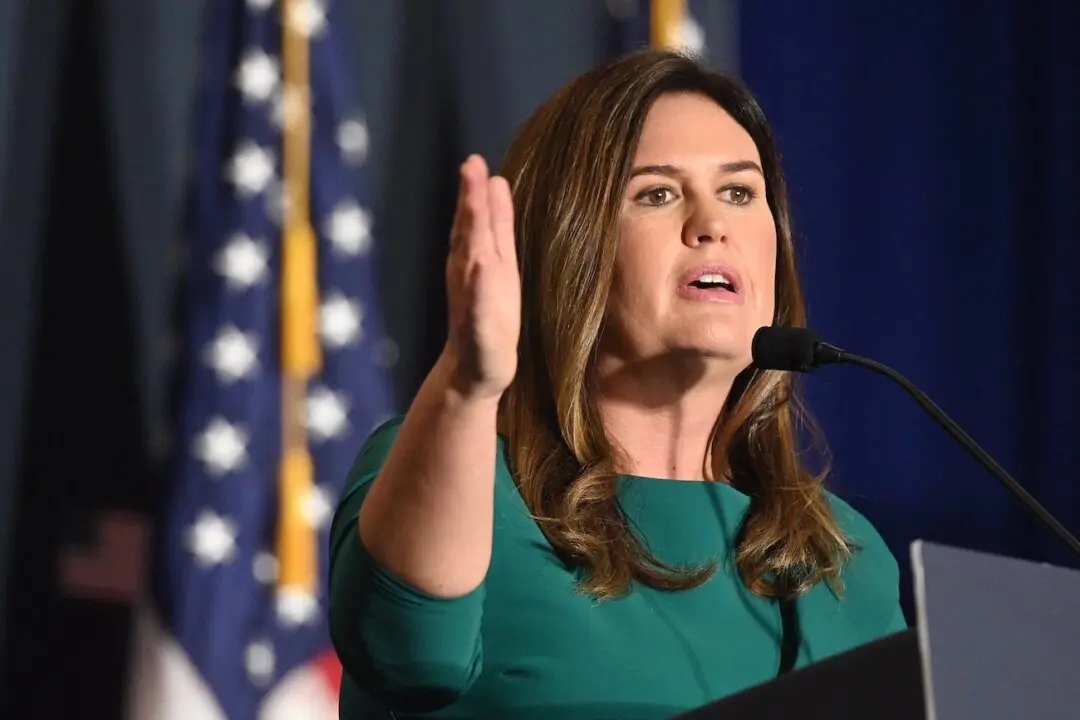The Bipartisan Policy Center (BPC) reported that the U.S. government would likely default on its payment obligations sometime between early June and early August if changes aren’t made.
The group’s May 2023 debt-limit analysis report, which was released on May 9, cited pressure from a decline in tax revenue as the support for their conclusion on a default date.





